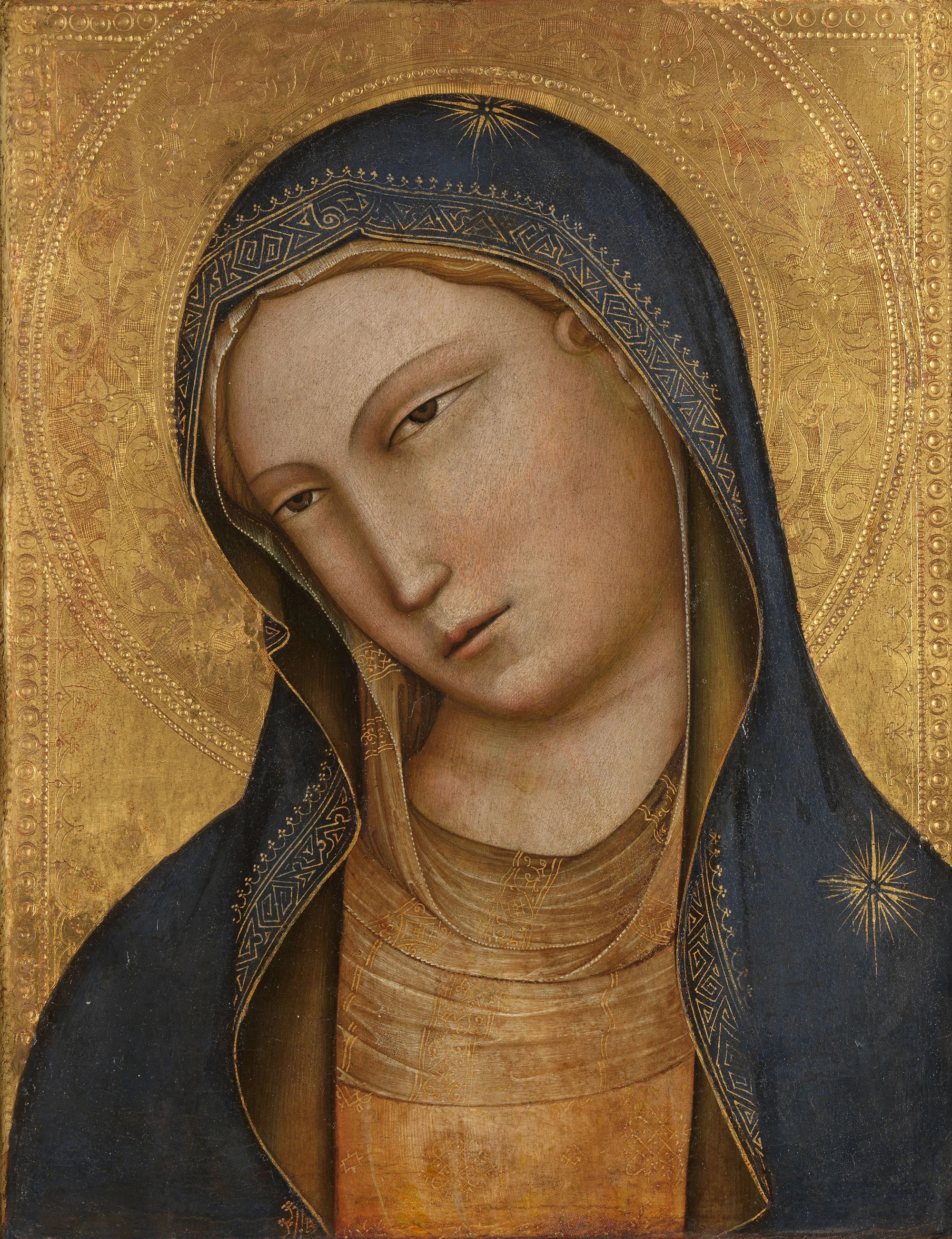Lorenzo Monaco
Gothic tradition is good enough for me


Innovation may knock at your door, but you don't have to answer it.
Lorenzo Monaco had already found his niche when the first threads of the Italian Renaissance came floating by his studio. Monaco was named Piero di Giovanni when he was born around 1370, in the heyday of soaring cathedrals and the rapidly developing trade routes that defined the Gothic Age in Europe. We first hear of Monaco in 1391, when after a year of training he officially joined the monastery of Santa Maria degli Angeli in Florence, and changed his name to Don Lorenzo Monaco, or ‘Lawrence the Monk.'
Lawrence was an enterprising fellow. By his initiation he was already an established painter, and within three years was promoted to deacon. In addition to his monastic duties, Lawrence devoted himself to the illumination of his monastery’s choir-books and to the manuscripts of nearby monasteries. Lorenzo Monaco was hardly the only painting friar, but he was an exceptionally good one. His work is a perfect model of Gothic painting, with the gilded backgrounds and flattened space inherited from Byzantine styles married with nuanced facial expressions on his saints and madonnas. His Abraham scowls, Mary eschews humility for a look closer to suspicion.
The thing we grudgingly love about Lawrence Lorenzo Monaco is his stubborn ability to resist the influence of new ideas. Because Monaco lived at one of the most important pivots in the history of art: the dawn of the Italian renaissance. Based in Florence, Monaco painted at the same time and the same place as Fra Angelico, who revived the detailed drapery and palpable human weight of the greek sculptors, and a few years before Piero della Francesca re-invented three dimensional perspective. The art world was in the process of changing forever, and old Monaco was right in the middle of it, patiently laying out his gold leaf, honoring the tradition he was born into. He missed the renaissance, but seven centuries laters, Monaco’s work stands as some of the most delicate and refined examples of Gothic Art.
...
Got questions, comments or corrections about Lorenzo Monaco? Join the conversation in our Discord, and if you enjoy content like this, consider becoming a member for exclusive essays, downloadables, and discounts in the Obelisk Store.